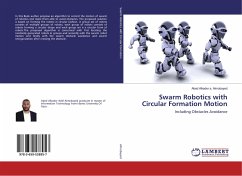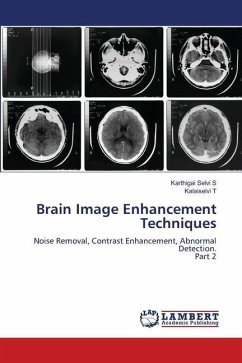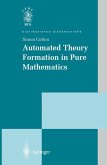The main goal of this work is to test whether it is possible to prove a theory about regulation of metastasis of cancer cells. The main idea of the theory is about stem cells which are wandering around in tissues and which are able to form new colonies of cancer cells (metastases). Some genes and pathways are said to be upregulated in those stem cells. With the gene expression data present for my work it could be possible to distinguish between cancer cells and healthy (normal) cells, and metastatic cancer cells and stationary cancer cells. The main difference of current work compared to classical' bioinformatical research is that normally a search for genes, pathways, networks is made, which are up or down regulated according to the data and afterwards one is trying to find a meaningfull explanation for the obtained results. Whereas the current work comes from a different direction: there is a thesis, a theory and the goal of the work is to prove it according to statistical methods available in Bioconductor with an effort to explain the results, which are not supporting the above mentioned theory.
Bitte wählen Sie Ihr Anliegen aus.
Rechnungen
Retourenschein anfordern
Bestellstatus
Storno








